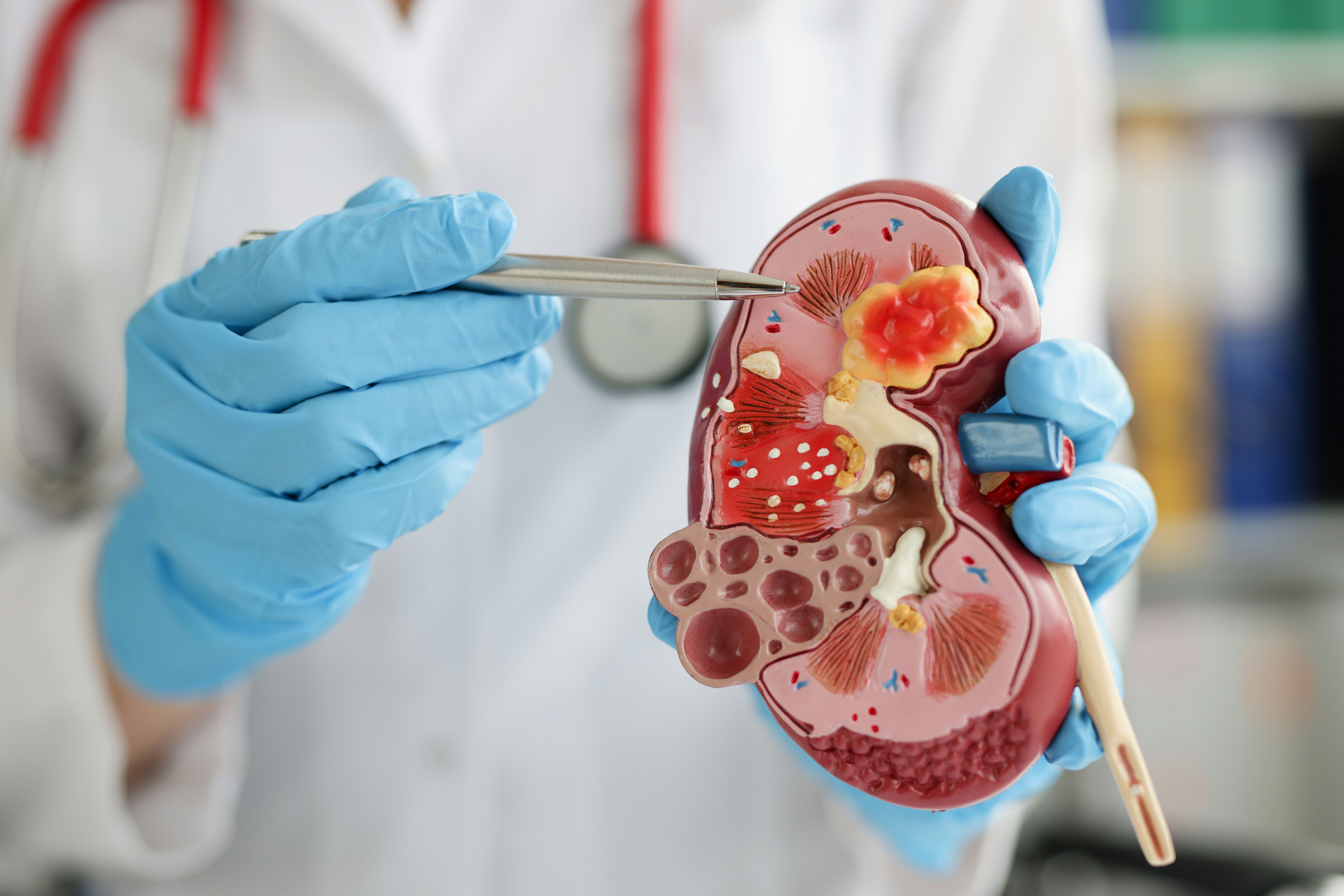
Your bladder plays a significant role in your body’s overall health. Most people rarely think about it, but you should pay attention when it starts sending signals. The condition of your bladder can provide valuable insight into your health. From urinary habits to discomfort, there’s much your bladder is trying to communicate about your well-being.
Understanding how the bladder works can help you identify issues before they become severe. It’s essential to recognize any abnormal patterns. Doing so can help prevent complications that might arise down the road.
1. Frequent Urination: What’s Behind the Urge?
Frequent trips to the bathroom indicate several potential health issues. If you’re urinating more often than usual, it could be a sign of a urinary tract infection (UTI). UTIs typically cause discomfort and frequent urges, especially when the bladder is not complete.
Overactive bladder syndrome can also lead to frequent urination. This condition causes a strong urge to urinate, even if the bladder is incomplete. It’s important to note if you feel a sudden, urgent need to go. This could indicate an overactive bladder, which may require medical management.
In some cases, diabetes can lead to increased urination. High blood sugar levels force the kidneys to filter out excess glucose, resulting in frequent restroom trips. If you notice increased urination alongside thirst and fatigue, it’s best to consult a healthcare provider.
2. Pain or Discomfort: A Red Flag
Pain during urination or a general discomfort in the bladder area should never be ignored. This sensation could point to a UTI but may also indicate more serious conditions. Interstitial cystitis, also known as painful bladder syndrome, causes long-term discomfort. The pain is often accompanied by the frequent urge to urinate.
Bladder infections and kidney stones can also cause sharp pain when urinating. If you notice blood in your urine or if the pain is severe and persistent, immediate medical attention is needed. Ignoring these signs can lead to more severe complications, such as kidney damage.
Additionally, pelvic pain or discomfort in the lower abdomen might signal a bladder-related issue. In women, this could also be linked to conditions like endometriosis or pelvic floor dysfunction.
3. The Color of Your Urine: A Clue to Your Health
The color of your urine can reveal quite a bit about your health. Healthy urine should generally be a pale yellow. Darker urine, especially if it’s amber or brown, maybe a sign of dehydration. When your body lacks enough water, it produces more concentrated urine, which can be darker in color.
Sometimes, red or pink urine could indicate blood, which requires medical attention. Hematuria, or blood in the urine, is often linked to urinary tract infections, kidney stones, or bladder infections. If your urine appears discolored, don’t wait to see if the issue is resolved. It’s essential to consult a doctor.
Cloudy urine could be another red flag. It might indicate an infection or even kidney disease. Sometimes, urine becomes cloudy due to excess proteins, which could signal kidney problems. Always be mindful of how your urine looks and what it might indicate.
4. Leaking Urine: More Than Just Inconvenience
Experiencing urine leakage can be embarrassing and frustrating, but it’s more common than you may think. It can be a sign of urinary incontinence, which various factors, including weakened pelvic muscles, pregnancy, childbirth, and aging, can cause.
Stress incontinence occurs when physical activities like sneezing, laughing, or coughing put pressure on the bladder. This leads to small leaks. On the other hand, urge incontinence happens when you feel a sudden, intense urge to urinate and cannot reach the bathroom in time.
In some cases, urinary incontinence may result from underlying conditions such as diabetes or neurological disorders. If you experience regular leakage, consult a doctor to rule out other health concerns and explore potential treatments.
For women, hormonal changes, particularly during menopause, can contribute to urinary incontinence. In men, an enlarged prostate is a common cause. Identifying the type and cause of incontinence is key to finding an appropriate solution.
5. Bladder Control Issues: Causes and Treatments
Bladder control problems are common in both men and women, especially as they age. Loss of bladder control can affect your daily life, leading to embarrassment and inconvenience. These issues can result from weak bladder muscles, nerve damage, or other underlying health conditions.
In some cases, stress and anxiety can worsen bladder control. Emotional well-being can influence your bladder, making it essential to manage stress. Some people also experience bladder control issues after surgery, particularly if the pelvic floor muscles have been weakened.
Incontinence treatments vary based on the cause. Lifestyle changes like fluid management, bladder training, or pelvic floor exercises may be helpful for mild cases. More severe cases may require medications or even surgical intervention.
Your bladder is a vital organ; its signals should never be ignored. Whether it’s frequent urination, discomfort, or changes in urine color, your bladder is trying to communicate important information about your health. Understanding these signs can help you catch problems early and prevent further complications.
See medical advice if you experience any abnormalities in your urinary habits or bladder function. Early intervention can lead to better outcomes and a healthier bladder. By listening to what your bladder tells you, you’re taking an important step toward maintaining your overall health.